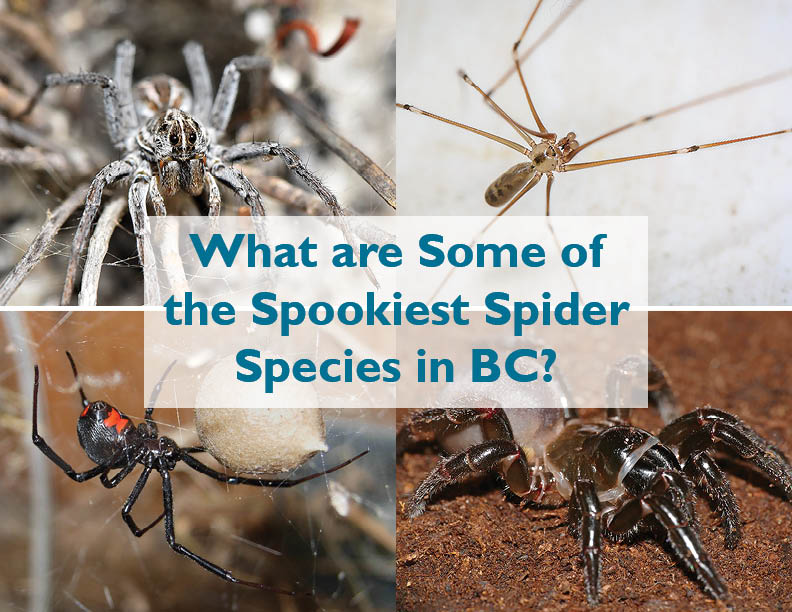
Halloween is afoot! The Spooky Season mythos has scary creatures aplenty, but most of them are mythical. Some creepy Halloween animals do roam the mountains and forest though, including hundreds of species of spider. This Halloween, let’s take a look at four kinds of those eight-legged creepy crawlies that are common around the province. Arachnophobes beware!
Wolf Spider
You may have seen the Wolf Spider before – these big brown and white arachnids have bodies over an inch long and covered in hair. They have three rows of eyes, eight eyes in total, which have retroreflective tissue that produces an eerie glow when shined upon by flashlight and gives them incredible eyesight for a spider. They inhabit outdoor spaces all over BC, often building large webs along trees, bushes or buildings. But these webs do not catch prey – instead, the spiders wait for insects to walk by and chase them down, pulling them down into burrows from which they can’t escape. In this way, these spiders very much live up to their namesake. Unlike wolves though, they are solitary predators, always living and hunting alone.
Wolf Spiders bite if provoked but don’t always inject venom into larger victims. Their bites may hurt though, so avoid letting one of these get on you!
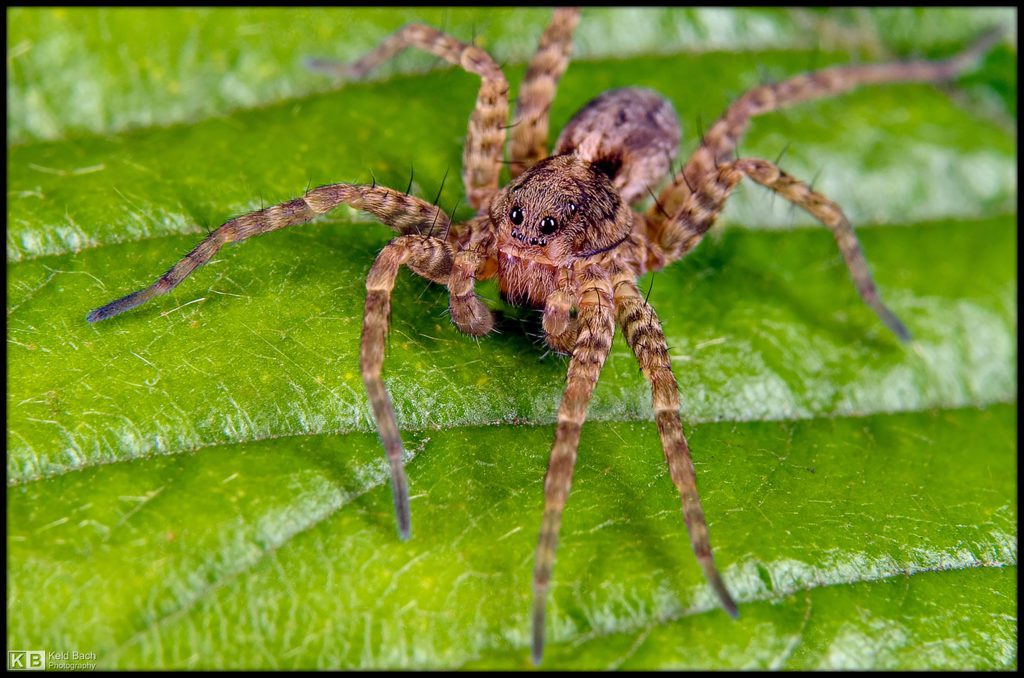
Photo: KeldBach
Cellar Spider
Cellar Spiders inhabit dark corners and dingy basements all over BC. If a small, moving peanut conjured itself in a forgotten nook of your house, it was probably a Cellar Spider.
Cellar Spiders have half-inch long pale brown bodies that resemble a peanut, with 2-inch legs. Several species of Cellar Spider roam BC’s urban spaces, though some have freaky features like extra-long legs. They have a creepy habit when their web is touched or snares large prey: they start vibrating rapidly. This helps Cellar Spiders hide from predators and increases the chances of catching insects that brush their territory. Cellar Spiders sometimes engage in cannibalism, hunting down and eating larger, more venomous spiders in buildings. While this trait sounds terrifying, they actually benefit households to have around as they eat all the other spiders.
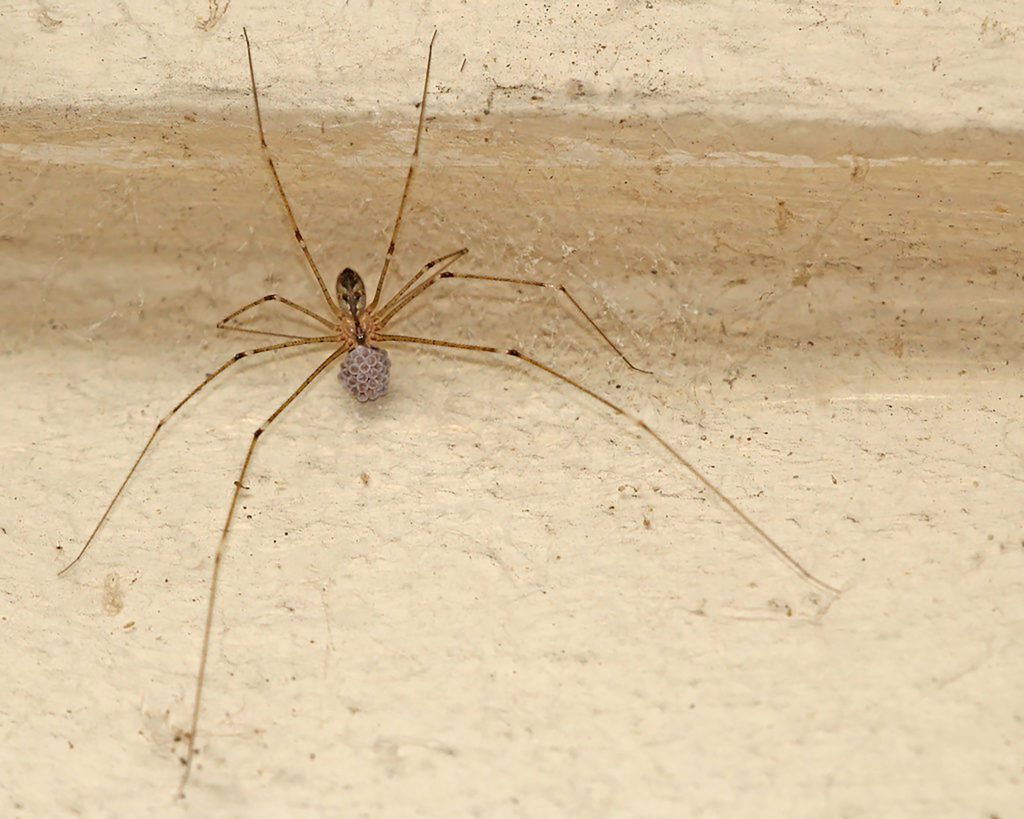
Photo: Mary Keim
Black Widow
This world famous arachnid stalks parts of BC, creeping through the shadows with deadly power. Their shiny black colour and hourglass-shaped red marks is legendary in the world of spiders, even inspiring the villain Vecna in Netflix’s Stranger Things. Female spiders in particular strike fear, stretching to twice the size of males.
Black Widows cannibalize their counterparts as a sexual act. Females famously eat males to help produce healthier broods of young. However, evidence shows that males avoid hungry females to avoid becoming food in a terrifying cycle of sexual fear. Offspring themselves often eat each other from birth. BC Black Widows most commonly inhabit the Okanagan, but also roam the South Coast. BC’s most venomous spider, their venom is almost 15 times as powerful as a rattlesnake’s. However, they only bite defensively, and very rarely bite humans. Black Widows are nonetheless the province’s most dangerous spider.
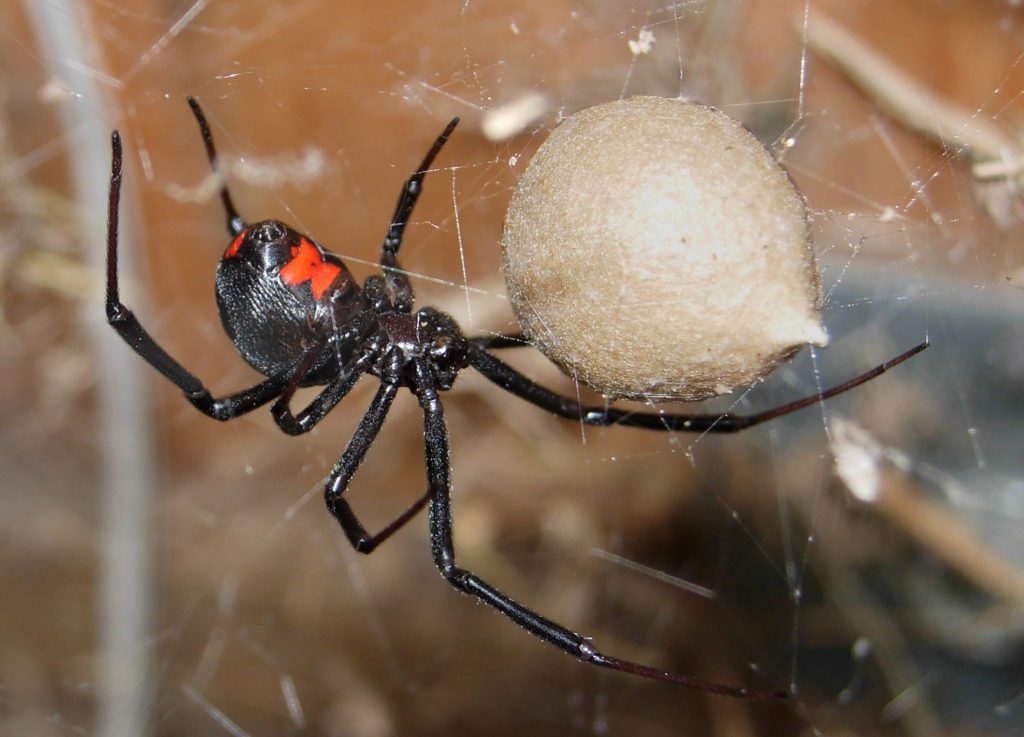
Trapdoor Spider
Trapdoor Spiders certainly seem cuter and cuddlier than the others on this list. Up to 2 inches long and either brown or reddish-brown, they have thick bodies with a bright and shiny head and hairy abdomen. Their thick legs and large fangs make them look like Tarantulas, but don’t worry – Trapdoor Spiders flee from larger predators. They resemble little stuffed spiders instead. One of the few BC spiders to not build webs, they burrow underground tunnels and create a kind of door with their silk that closes like a hinge, inspiring their name.
Rather than relying on webs to catch their prey, Trapdoor Spiders run fast and their two large fangs snag fleeing insects. If an insect wanders too close to one of their tunnels, doom is inevitable. These spiders crawl absolutely everywhere in British Columbia, creeping throughout the ground beneath our feet, rarely seen by humans given their propensity for tunneling. You never know where they may be hiding!
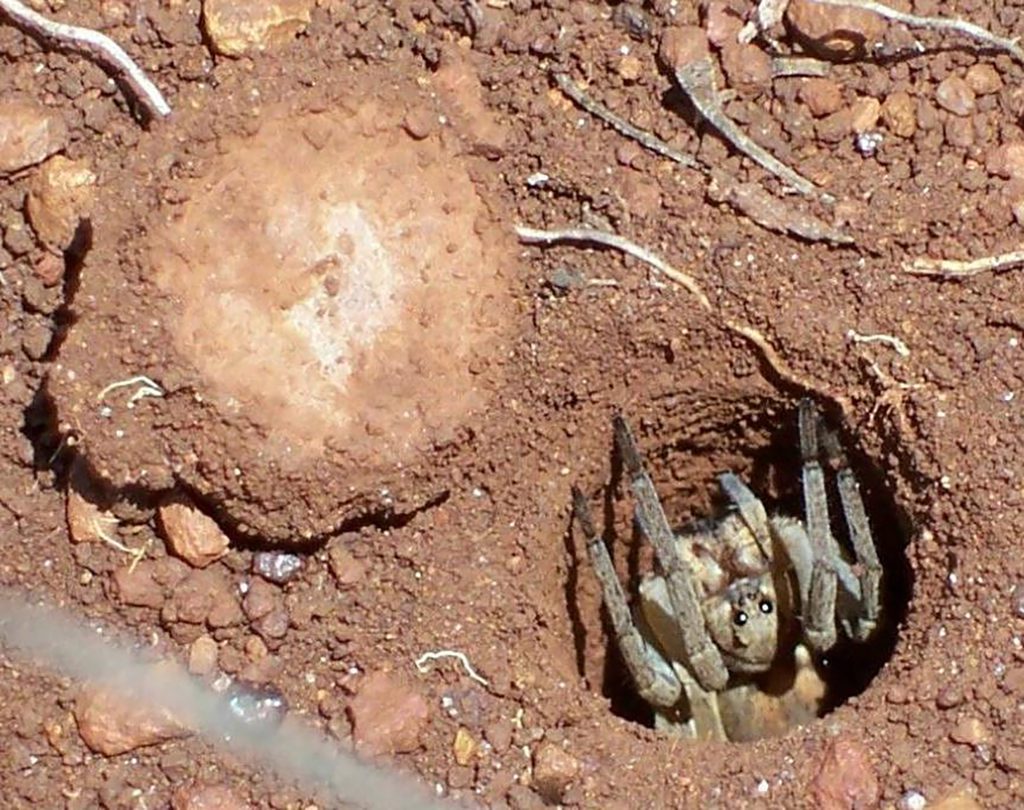
Photo: Graham Manning
